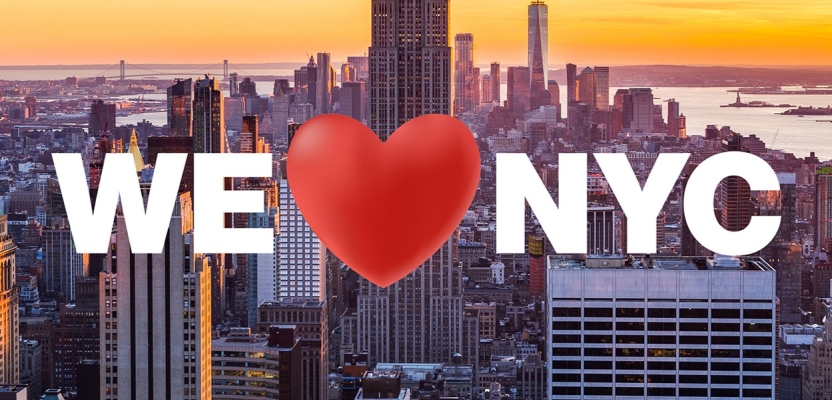When it comes to branding, there can be few tasks as daunting (besides perhaps being asked to brand a whole country) as being asked to brand a city.
Branding a city is no longer limited to creating logos and slogans; it has evolved into a strategic process that aims to shape and communicate a city's unique identity and attract residents, tourists, businesses, and investments. Effective city branding can enhance civic pride, stimulate economic growth, and establish a positive reputation on a global scale.
It is a job that requires a careful balance. You need to be clear yet subtle, universal yet unique, and appeal to both locals and a global audience. This process involves incorporating the city's history, understanding its vision, and considering the perspectives of multiple stakeholders.
City branding – Theory and cases
The recent rebranding campaign for New York City, led by Founders, sparked a major global reaction. They made small changes to the iconic I ❤ NY symbol created by Milton Glaser in the 1970s. The campaign, called WE ❤ NYC, aimed to promote inclusivity and modernize the design. While it received mixed reviews, the campaign's objective was to instil pride in New Yorkers and encourage civic action, urging citizens to volunteer in their communities.
Keith Dinnie, in his book "City Branding: Theory and Cases," emphasizes the importance of a strong place brand expressing the unique character of a city. This approach was evident in the rebranding of Christchurch, New Zealand. After an earthquake severely damaged the city's infrastructure, a fresh narrative was developed to attract visitors and investors.

The narrative, created by Resonance Consultancy in collaboration with economic development agency ChristchurchNZ, highlighted the city's identity as the "Garden City" and a place that balances work and leisure. This process involved understanding the city's soul and gathering input from businesses, residents, and visitors to shape the new brand.
Working from a blank canvas
But what happens when a city is still in the planning stages? The Indonesian Association of Graphic Designers (ADGI) is working on the visual identity for Nusantara, Indonesia's newly planned capital city. With a blank canvas, the challenge is to create an image and narrative that reflects the government's goals of economic equality, inclusivity, and decentralization.
ADGI invited designers from across the country to submit their logo designs, fostering a sense of ownership and public participation in Nusantara's development. The winning logo, "Pohon Hayat Nusantara" (Nusantara's Tree of Life), symbolises Indonesia's rich biodiversity.
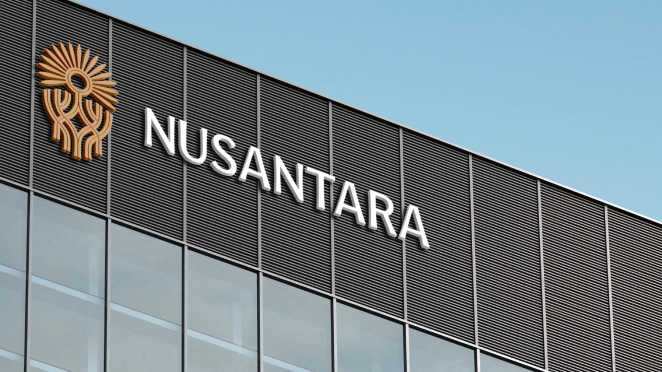
Recognisability and reflection
Recognisability is a crucial aspect of city branding. Designers aim to strike a balance between familiarity and uniqueness, avoiding clichéd representations such as landmarks. For example, in the rebranding of Oslo, Norway, the city seal depicting its patron saint, St Hallvard, was refreshed to achieve a modern and minimal yet recognisable design.
The colours and fonts were inspired by the city itself, representing elements such as streetcars, the fjord, and parks. Similarly, the proposed rebrand for Madrid focused on reflecting the Spanish capital's terracotta roofs and brickwork, using a familiar colour palette.
When developing a city brand, it is also vital to accurately reflect the community that resides there. This involves collaborating with local groups and considering the city's cultural heritage. McCarthy Studio, based in Christchurch, partnered with Māori design studio Ariki Creative and an independent creative from the local iwi (tribe) to ensure the bicultural heritage was represented in the brand. Their logo incorporated the city's name in both languages and drew inspiration from Māori carvings and the Avon River's banks.
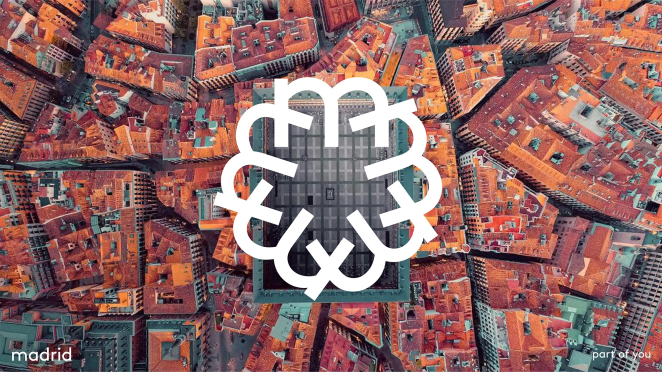
While involving local designers can bring a deep understanding of the place, an outside perspective can offer impartiality and fresh insights. Balancing the input from multiple stakeholders can be challenging, as there may be competing views and expectations. However, designers must trust their instincts while managing feedback and maintaining a delicate balance.
An important responsibility
Creating a city brand carries significant responsibility, as it represents the city's persona for years to come. The pressure intensifies when building a brand for a new city. Nusantara, as Indonesia's new capital, must represent the country's diverse culture and people. The visual identity needs to be inclusive and reflect the island's forest-covered landscape and its connection through the seas.
Design teams understand that it is impossible to please everyone, but engagement, whether positive or negative, can lead to meaningful outcomes. The success of a city brand lies in emotionally connecting people to the story of their community. It is not just about creating an iconic symbol; it's about incorporating the essence of the place and its people.
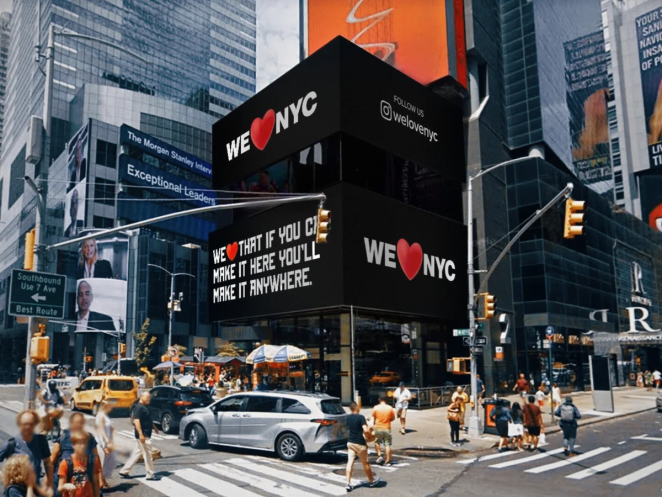
A city brand goes beyond a logo or strapline—it encompasses the promise of value to residents, visitors, and investors, contributing to the legacy of the destination and visual culture.
A challenge and a reward
Creating a successful city brand requires purpose, understanding the city's vision, reflecting its unique character, and considering the perspectives of stakeholders. It involves incorporating history, engaging with local creatives, balancing familiarity and uniqueness, and accurately representing the community. The process is both challenging and rewarding, as it elicits emotions, sparks conversations, and makes the world a better place through great design.
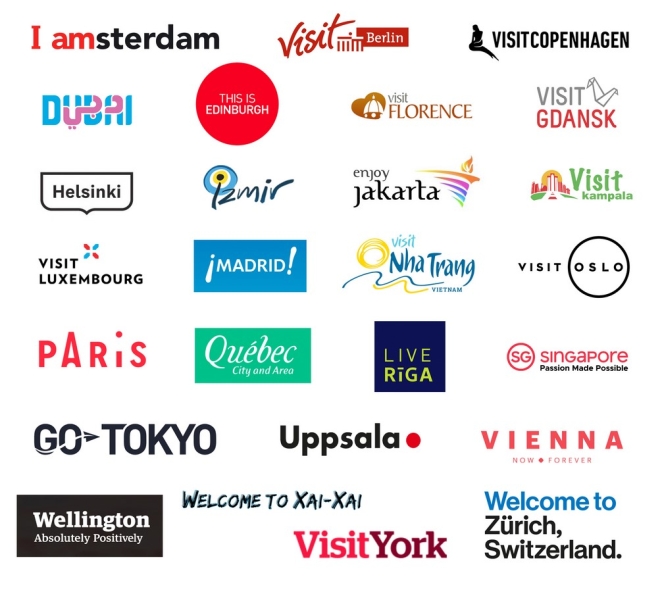
Top tips for city branding
Understand the Essence of the City
Before embarking on a city branding journey, it is crucial to deeply understand the city's culture, history, geography, and people. This comprehensive understanding will enable city marketers to identify the city's unique selling points and create an authentic brand that resonates with its residents and target audiences.
Develop a Compelling Narrative
Crafting a compelling narrative is a pivotal step in city branding. The narrative should reflect the city's character, aspirations, and values, while also considering the needs and desires of its target audience. A captivating story that showcases the city's distinctiveness and offers a vision for the future can effectively engage residents, tourists, and businesses alike.
Create a Strong Visual Identity
A city's visual identity plays a significant role in establishing recognition and differentiation. It involves designing a logo, selecting appropriate colours, typography, and imagery that reflect the city's personality and story. The logo should be versatile and scalable, suitable for a variety of applications, from websites to street banners, and evoke positive emotions associated with the city.
Foster Collaboration and Inclusivity
Successful city branding is a collaborative effort involving various stakeholders, including city officials, businesses, community groups, and residents. Engaging these stakeholders throughout the branding process fosters a sense of ownership and inclusivity, ensuring that the final brand represents the collective identity of the city.
Engage in Consistent Communication
Consistency in communication is key to reinforcing the city brand. All marketing materials, including websites, brochures, social media campaigns, and advertisements, should adhere to the brand's visual and tonal guidelines. Consistent messaging across different channels helps build a recognizable and memorable brand presence.
Enhance the Physical Environment
The physical environment of a city plays a crucial role in shaping its brand image. Investing in urban design, architecture, public spaces, and infrastructure that align with the city's brand can create a positive and memorable experience for residents and visitors. A well-designed cityscape can also be an effective marketing tool.
Leverage Digital and Social Media
In today's digital age, cities need to embrace online platforms and social media channels to amplify their brand message. Engaging content, storytelling, and interactive campaigns can generate interest, build an online community, and attract visitors and businesses. Utilizing data analytics can provide insights into target audiences and measure the impact of branding efforts.
Continuously Evaluate and Adapt
City branding is an ongoing process that requires monitoring and evaluation. Regularly assessing the impact of branding initiatives, gathering feedback from residents and visitors, and adapting strategies accordingly will ensure the city brand remains relevant and effective over time. Flexibility and responsiveness are key in navigating the ever-evolving landscape of city branding. The journey of city branding is an ongoing one, with continuous evaluation and adaptation as the key to maintaining a successful city brand.
